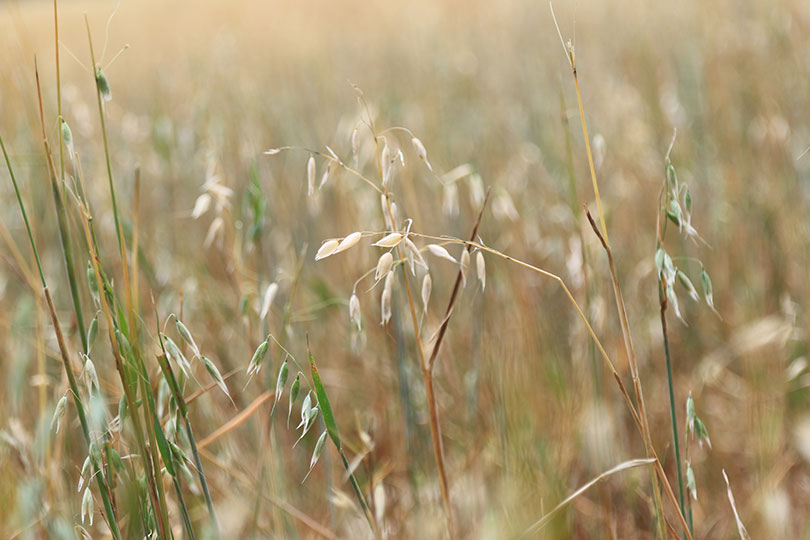By Jennifer Whitlock
Field Editor
The U.S. Department of Agriculture’s (USDA’s) Risk Management Agency (RMA) announced a change to prevented-planting provisions for crop insurance that benefits farmers, ranchers and the climate, according to RMA.
For the 2021 crop year and subsequent years, RMA will not consider a cover crop planted following a prevented planting claim to be a second crop.
Instead, farmers and ranchers can now hay, graze or chop cover crops for silage, haylage or baleage at any time and still receive 100% of the prevented planting payment. Previously, cover crops could only be used for haying, grazing or chopping after Nov. 1. Any use of the cover crop before that time reduced the prevented planting payment by 65%.
The agency said the change provides flexibility to farmers and ranchers, promotes agricultural conservation and supports climate-smart farming practices.
“We work diligently to ensure the federal crop insurance program helps producers effectively manage risk on their farms while also conserving natural resources,” Acting RMA Administrator Richard Flournoy said. “We are dedicated to responding to the needs of producers, and this flexibility is good for agriculture and promotes climate smart agricultural practices. We are glad we can better support producers who use cover crops.”
The policy change comes after Senate Agriculture Committee Chair Debbie Stabenow (D-Mich.) and Sen. John Thune (R-S.D.) introduced the Cover Crop Flexibility Act in April. The purpose of the legislation was to remove the prohibition on haying or grazing cover crops on prevented-plant acres prior to Nov. 1.
Supporters of the bill, including the American Farm Bureau Federation, said the Nov. 1 restriction was unfeasible in many states. As a result, using prevented-plant acres for haying or grazing before that date was a costly proposition, but some farmers and ranchers facing drought conditions or other extreme weather felt they had little choice.
Although farmers and ranchers in more northern states were the primary advocates for the change, Texas Farm Bureau Associate Director of Commodity and Regulatory Activities Brant Wilbourn said those in the Lone Star State will benefit, too.
“This new direction from RMA really gives every farmer or rancher more flexibility and options when their intended commodity crops don’t work out and stops penalizing them for situations beyond their control,” he said. “It allows them to have a feed source for livestock. For example, if you planted corn and it fails, you may still have a cover crop your cattle can graze. It just helps manage risks more effectively.”
The policy change will become permanent through regulatory modification.
The decision is supported by research identifying cover crops as supporting soil health and farmland sustainability efforts, RMA officials said. It also aligns with the 2018 Farm Bill’s designation of cover crops as a “good farming practice.”
More information on cover crops and prevented-planting is available from RMA.

